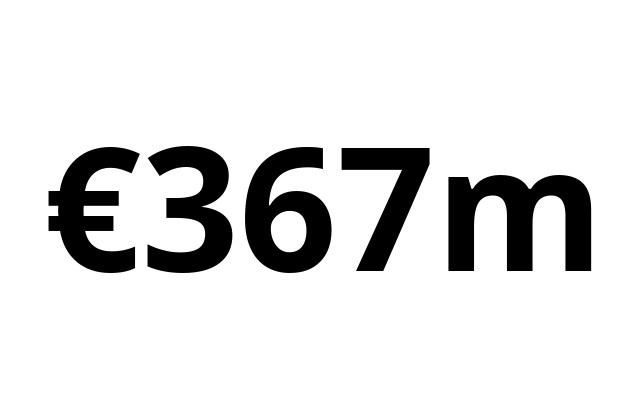The army’s current fleet of Hummers and Protected Reconnaissance Vehicles will be replaced with 80 so-called command, liaison and reconnaissance vehicles. The current fleet is outdated and lacks interoperability of their respective technologies, the minister said.
The new fleet will be introduced between 2024 and 2025, with the budget including maintenance and support costs for 15 to 20 years. Its communications system will be compatible with the French and Belgian army’s technology.
Nato’s Support and Procurement Agency (NSPA) is assisting the Luxembourg government with the purchase, with the money counting towards the grand duchy’s defence spending effort.
Like all Nato members, Luxembourg in 2014 committed to spending 2% of GDP on its military, but with a strong economy compared to a small army it falls significantly short of this goal.
The grand duchy currently aims to raise spending to 0.72% of GDP by 2024, up from 0.6% in 2020, including through projects like an Earth observation satellite, the refurbishment of army barracks, a military transport plane and a cyber defence strategy.
The country is also lobbying to have environmental spending recognised as part of defence efforts, with climate change anticipated to be a major source of conflict in coming years and decades.
The project needs approval from parliament as it exceeds a budget of €40m.
